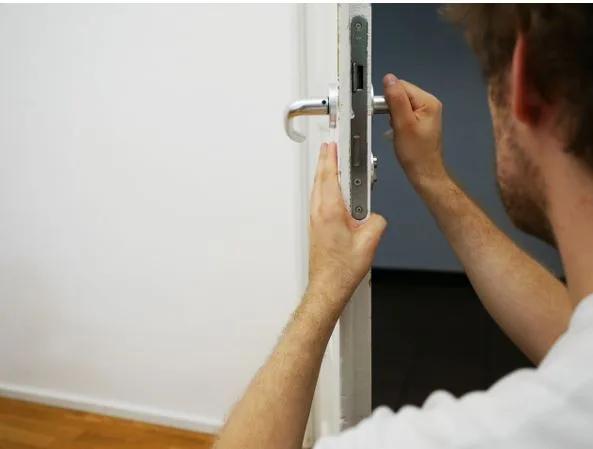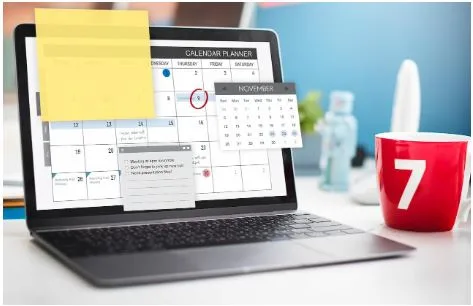Essential Diabetic Supplies Every Patient Should Keep On Hand
Living with diabetes requires careful daily management, and having the right supplies readily available makes that process much easier and safer. Whether you’ve been recently diagnosed or have been managing diabetes for years, keeping essential items organized and within reach ensures you can monitor and control your blood sugar effectively. These supplies not only help track glucose levels but also prevent emergencies, support proper medication use, and provide peace of mind in everyday situations. For those who discover they have surplus testing products after switching devices or adjusting prescriptions, More Cash For Test Strips provides a convenient way to ensure those items are put to good use rather than left unused.
Blood Glucose Meter And Test Strips
At the core of diabetes management is blood sugar monitoring. A blood glucose meter allows you to measure your current glucose level in seconds, while test strips collect the blood sample for analysis.
When choosing a glucose meter, consider accuracy, ease of use, and display readability. Always pair your meter with the correct test strips, as incompatible brands can lead to inaccurate readings. Keep extra batteries for the meter and store strips in their original sealed container to protect them from moisture or extreme temperatures.
Testing consistently helps track patterns and guides decisions about diet, insulin, and exercise. Always have a sufficient supply of strips available to avoid interruptions in testing.
Lancing Device And Lancets
To collect a drop of blood for analysis, a lancing instrument is used to puncture the skin. Each test requires a sterile lancet, which should never be reused. Having an adequate stock of lancets prevents infections and maintains hygiene.
Choose a lancing device that allows depth adjustment for comfort, and rotate finger sites to minimize irritation. Keeping extra lancets ensures you can test as often as needed without discomfort or risk.
Insulin And Delivery Equipment
For those who take insulin, maintaining proper storage and supply is critical. Always keep insulin at the recommended temperature—typically refrigerated but never frozen. When traveling or during power outages, use insulated pouches or cooling packs to maintain temperature stability.
In addition to insulin, you’ll need syringes, insulin pens, or pumps, depending on your prescription. Check expiration dates regularly and store them away from direct sunlight or heat. Carry spare supplies in case of equipment malfunction or travel delays.
Glucose Tablets Or Fast-Acting Carbohydrates
Low blood sugar, or hypoglycemia, can happen unexpectedly. Blood sugar levels can be swiftly raised in an emergency by keeping juice boxes, glucose tablets, or gels close at hand. Due to their modest size and portability, these products are simple to carry in a pocket, handbag, or automobile.
Every person with diabetes should have at least one fast-acting glucose source available at home, at work, and while traveling. It’s also wise to inform close family or coworkers where these supplies are kept.
Ketone Testing Supplies
For individuals with type 1 diabetes or those on insulin, ketone testing strips are another must-have. The body may create ketones, a warning indication that it is using fat for energy rather than glucose, if blood sugar levels remain high for prolonged periods of time. Testing for ketones can prevent serious complications like diabetic ketoacidosis (DKA).
Keep urine ketone strips in a cool, dry place and check their expiration dates frequently.
Sharps Container For Safe Disposal
Used needles, lancets, and syringes should always be disposed of in an approved sharps container. Never throw them directly into the household trash. Many pharmacies or healthcare providers offer sharps disposal programs to ensure safe handling and prevent injury.
Medical Identification And Emergency Supplies
Wearing a medical ID necklace or bracelet that identifies you as having diabetes is essential, especially if you use insulin. In an emergency, this information helps responders act quickly and appropriately.
Also, keep an emergency kit that includes extra insulin, test strips, a glucose meter, snacks, a list of medications, and contact information for your doctor or family members.
Final Thoughts
Being prepared is one of the best ways to stay healthy and confident while managing diabetes. By keeping necessary supplies on hand, including insulin, glucose meters, test strips, and fast-acting carbs, you can avoid emergencies and react promptly to changes in your condition. You can take control of your health and make sure that your diabetes is managed safely and effectively every day by keeping your supplies organized, checking expiration dates, and storing them appropriately.





